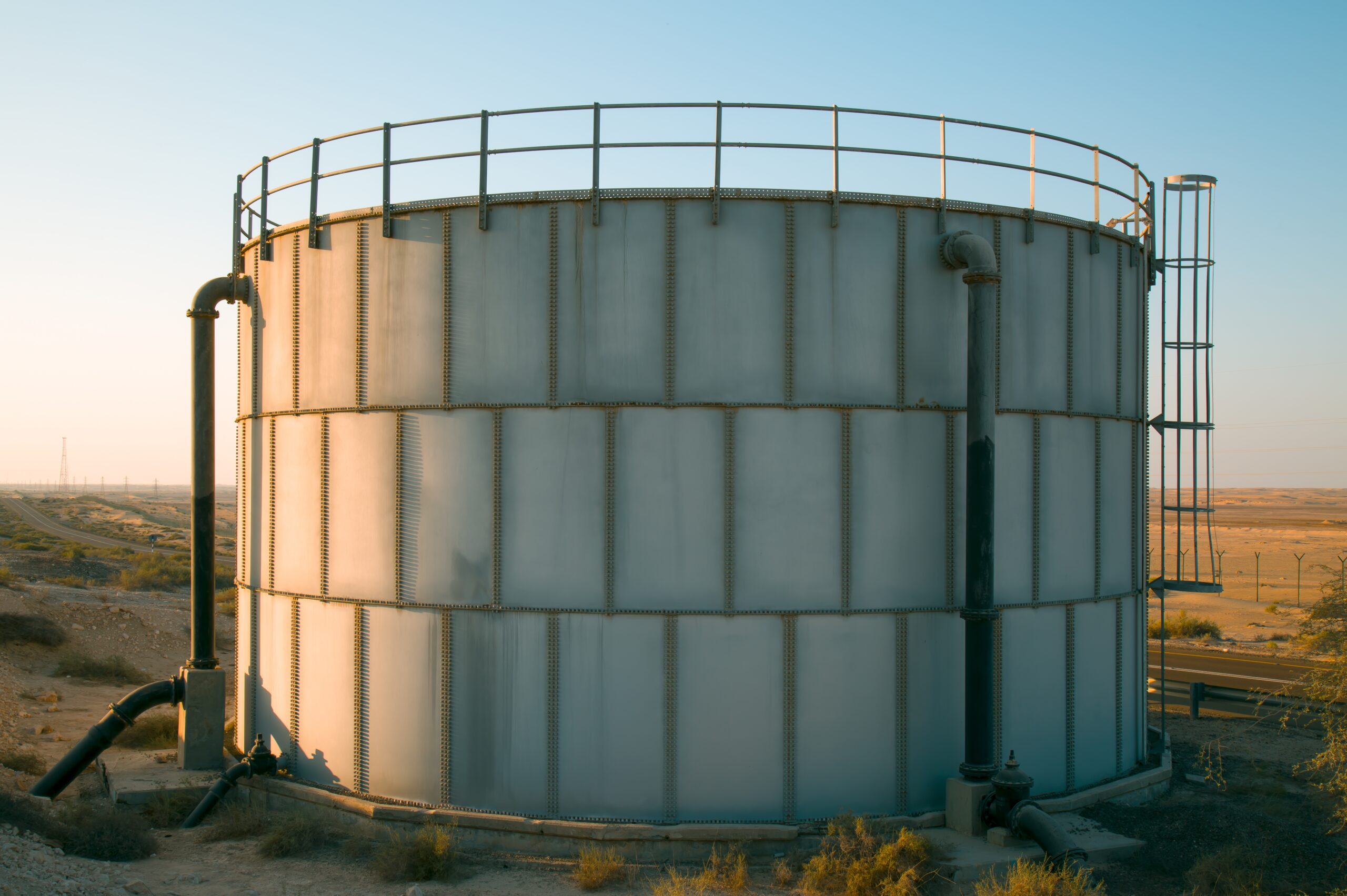Above ground storage tanks are crucial for the storage of various liquids. Including petroleum products, chemicals, and water. These tanks come in different shapes and sizes and are used in various industries like oil and gas, agriculture, and manufacturing. Due to the potential risks associated with storing hazardous liquids, there are regulations to ensure that these tanks are operated safely. The regulations for above ground storage tanks, including OSHA guidelines and EPA standards.
Rule and Regulations for Tank Storage
The regulations for above ground storage tanks vary depending on the type of liquid being stored and the industry involved. However, the primary goal of these regulations is to ensure that the tanks are operated safely. And the stored liquids do not pose a risk to the environment or human health. Some of the regulations that apply to above ground storage tanks include:
- Registration : Above ground storage tanks must be registered with the relevant regulatory body before they can be used. This is to ensure that the tanks meet the necessary safety standards.
- Maintenance : There must be regular tank inspection and maintenance to ensure that they are in good condition. Any defects or damage must be repaired immediately.
- Secondary Containment : Tanks must have secondary containment systems in place to prevent spills and leaks from spreading. This includes berms, dikes, and other containment systems.
- Labelling : Tanks must be labelled appropriately to indicate the type of liquid being stored and any potential hazards.
- Emergency Response Plan : Facilities that use above ground storage tanks must have an emergency response plan in place to deal with spills, tank leakage prevention, and other accidents.
OSHA Guidelines
The Occupational Safety and Health Administration (OSHA) is responsible for ensuring that workplaces are safe and healthy for employees. OSHA has guidelines for the safe operation of above ground storage tanks in the workplace. Some of these guidelines include:
- Employee Training – All employees who work with above ground storage tanks must be trained in the safe operation of these tanks. This includes training on how to operate the tanks, how to identify potential hazards, and how to respond to emergencies.
- Personal Protective Equipment – Employees must be provided with appropriate personal protective equipment (PPE) when working with above ground storage tanks. This includes gloves, goggles, and respiratory protection.
- Hazard Communication – Employers must provide employees with information about the hazards associated with the liquids being stored in the tanks. This includes information about the chemical properties of the liquids and any potential health hazards.
- Fall Protection – Employees who work on top of above ground storage tanks must be provided with fall protection equipment to prevent falls.
EPA Standards
The Environmental Protection Agency (EPA) is responsible for regulating the storage of hazardous materials to ensure that they do not pose a risk to the environment or human health. The EPA has standards for the safe operation of above ground storage tanks. Some of these standards include:
- Spill Prevention, Control, and Countermeasure (SPCC) – Facilities that store more than a certain amount of oil are required to have an SPCC plan in place. This plan outlines how the facility will prevent spills, control spills if they occur, and how to clean up spills.
- Resource Conservation and Recovery Act (RCRA) – The RCRA regulates the storage and disposal of hazardous waste. Facilities that store hazardous waste in above ground storage tanks must comply with the RCRA.
- Clean Water Act (CWA) – The CWA regulates the discharge of pollutants into waterways. Facilities that store hazardous liquids in above ground storage tanks must comply with the CWA to prevent pollution of waterways.
Conclusion
Above ground storage tanks are an essential part of many industries, but they can pose a risk to human health and the environment if not operated safely. Regulations are in place to ensure that these tanks are operated safely and that hazardous liquids are stored properly. OSHA guidelines and EPA standards provide guidance on the safe operation of above ground storage tanks in the workplace and the proper storage of hazardous materials. It is important for facilities that use above ground storage tanks to comply with these regulations to prevent accidents and protect employees and the environment.




